Old City of Zamość
The originator and, as we would call him today, the developer of the city was Jan Sariusz Zamoyski, the Great Chancellor of the Crown, magnate and magistrate, one of the most affluent people in the history of the world. With a purchasing power of at least twice as much as the one of Bill Gates and an excellent educational background, he was able to make his dreams come true. One of the most popular Italian architects of the time, Bernardo Mornado, was employed to draw the plans and supervise the construction works of Nowy Zamość. Born around 1540 the engineer had been working in Poland since 1569. Before signing the contract for constructing Zamość he had already completed several works for King Batory and several Polish magnates.
A small example of his talent was the project of theatre decorations prepared in the year when the construction of Zamość begun. The tragedy by his schoolmate, Jan Kochanowski, entitled „Odprawa posłów greckich” („The Send-Away of the Greek Envoys”) was performed during Jana Zamoyski’s wedding with Krystyna. On the same day Zamoyski’s fortune grew even more with the dowry of a member of the wealthiest family in Lithuania – the Radziwiłł family.
Luckily the agreement concluded in Lwow on the 1st of July 1578, in virtue of which one of the structures classified as World Cultural Heritage was built, has been preserved until today. It can be seen in the present premises of Ossoliński’s library in Wroclaw.
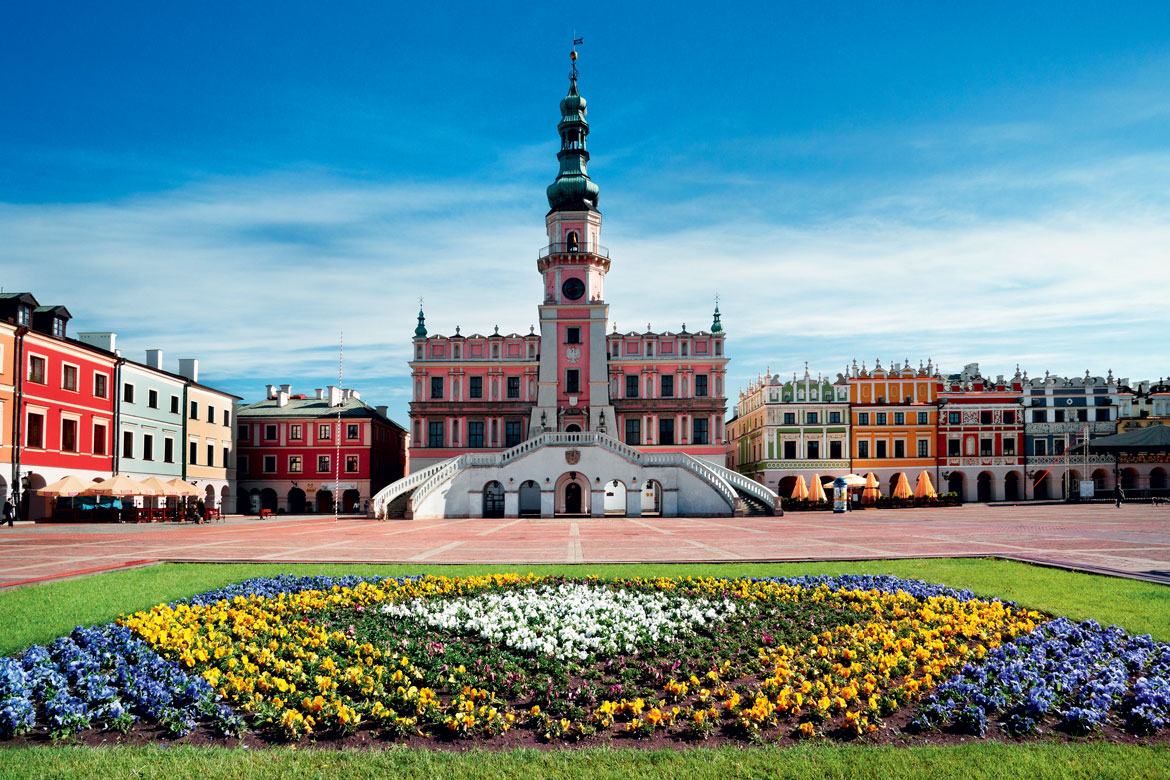
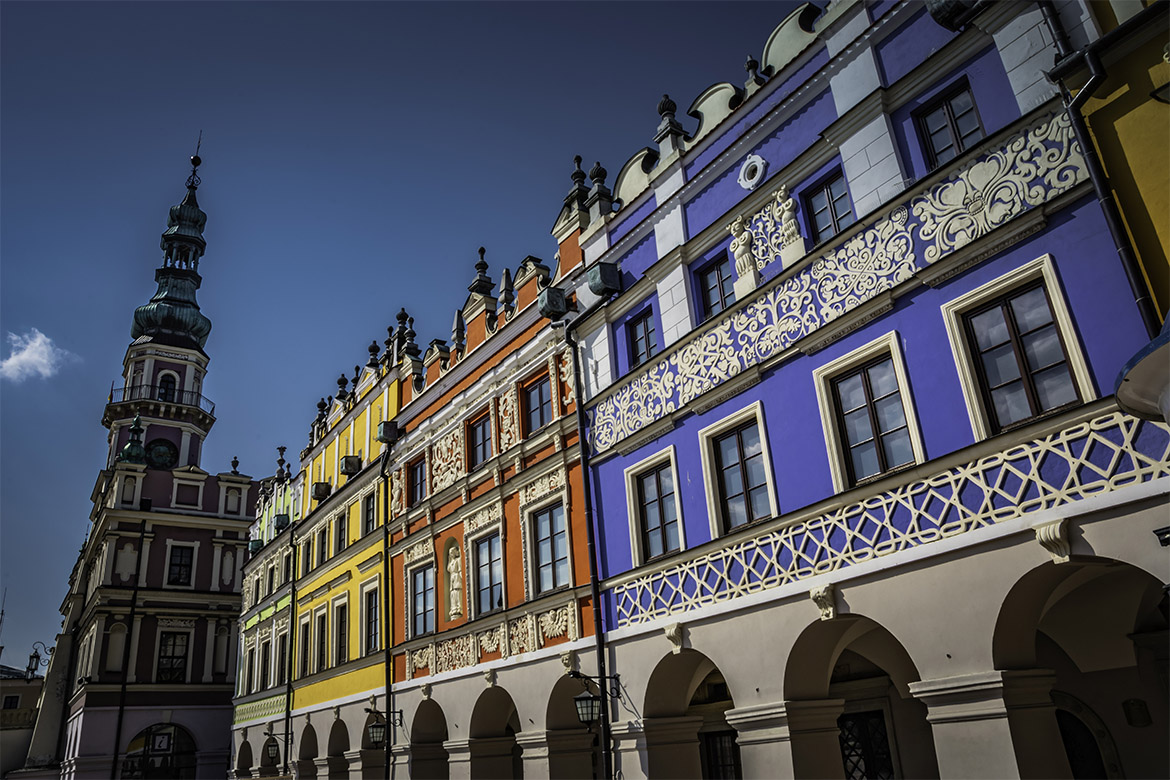
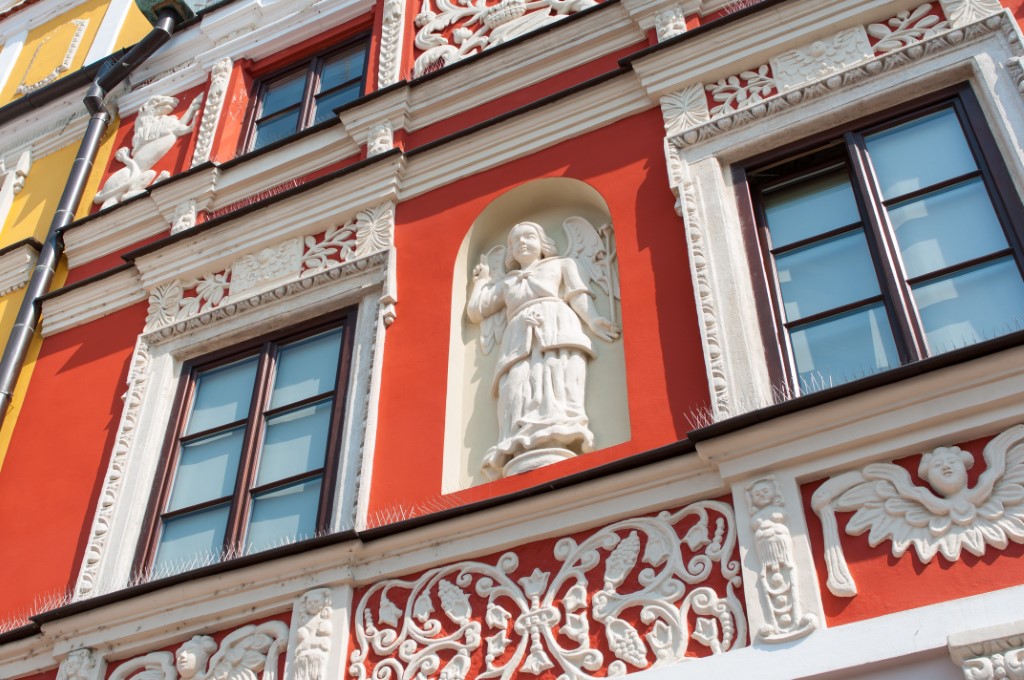
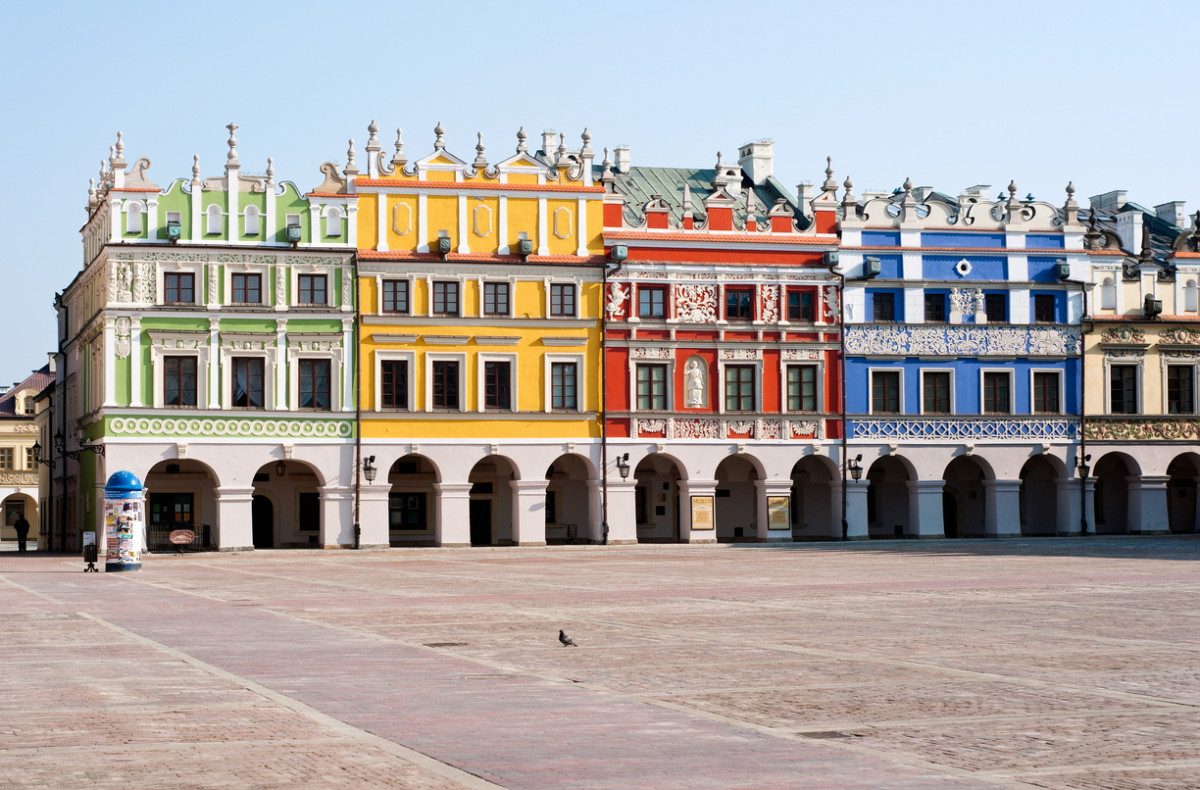
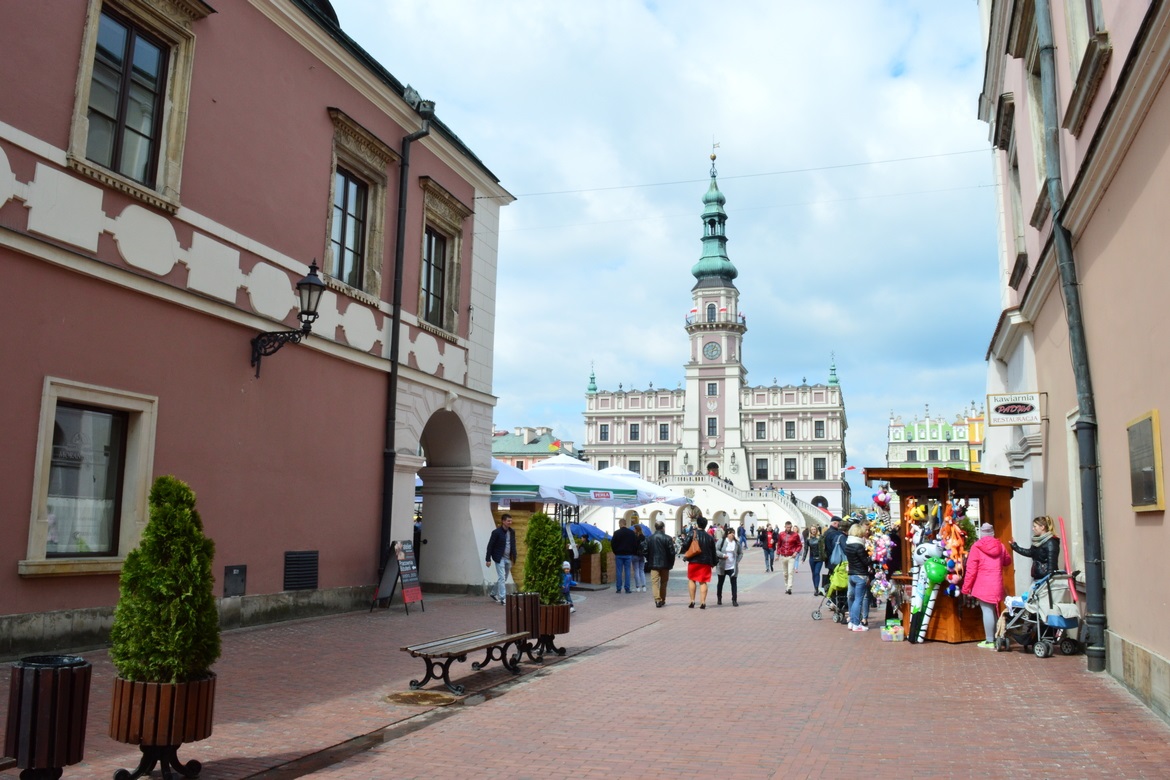
Another preserved document is the town privilege issued by the Great Chancellor of the Crown Jan Zamoyski on the 10th of April 1580 in Jaroslawiec. Taking into consideration „not only the common good and safety of himself, his family and friends but of the whole neighbourhood” monumental buildings were established, that have remained there until today. The palace residence, city hall, arsenal, collegiate church and tenement houses – everything is the work of the same architect. The architecture of Zamość reflects elements of local art, the south of Italy, the north of the Netherlands and the Armenian east. The characteristic elements of the tenement houses of Zamość are arcades of varied shapes: open and blind, smooth and with “bonia” finishing (“Bonia” is a wall element usually of rectangular shape used to cover facades, pedestals, wall corners, hole frames, pillars, etc. – translators note). Their adornments refer to mannerism, baroque and the earlier romantic styles.
For Bernardo Morando and Jan Zamoyski people were always the most important value, then came business. Perfectly planned and inhabited by the financial elite, Zamość was one of the examples of cohabitation of people from different cultures. Armenians, Jews, Greeks, Germans, Italians, Scots and, of course, Poles came to settle here.
The most brilliant Polish scientists, merchants and army officials could work in perfect conditions. Victories achieved in wars which destroyed other regions of the Republic of Poland confirmed the opinion that the architect has shown his supreme architectural ability.
In 1648 the army of a former Polish prefect, Bohdan Chmielnicki and his militia had to back down from the city gates and settle with ransom. In 1656 when almost all the other Polish cities, including Cracow, capitulated, Zamość, alike Jasna Góra, did not. Although in the 18th century the city was occupied by a foreign army, the city’s fortress, enlarged and reinforced by Russians, stood strong for Poland once again. During the November Uprising in 1830 Zamość surrendered as the last bastion of resistance. In the later years a significant part of the fortification was simply dismantled, but the most precious part remains untouched till today.
Naturally, Bernardo Morando received ample compensation for his work. The owner made him the first mayor of the city. The architect met his future wife Katarzyna here, who gave birth to his six children, and was buried with his family in an elegant collegial church of his own design, which is now a cathedral.

